
How it all started?

By Guy Halfteck
Founder & CEO
I wanted to work on Wall Street, the epicenter of finance.
The Career Center at Harvard, where I studied, told me about an early career leadership opportunity at one of the world’s best-known quantitative hedge funds.
I thought, “Cool, that’s exactly what I wanted!”
I sent them my cover letter and resume, and got an email back in virtually no time! I was thrilled they’d got me in for an interview, and then for another.
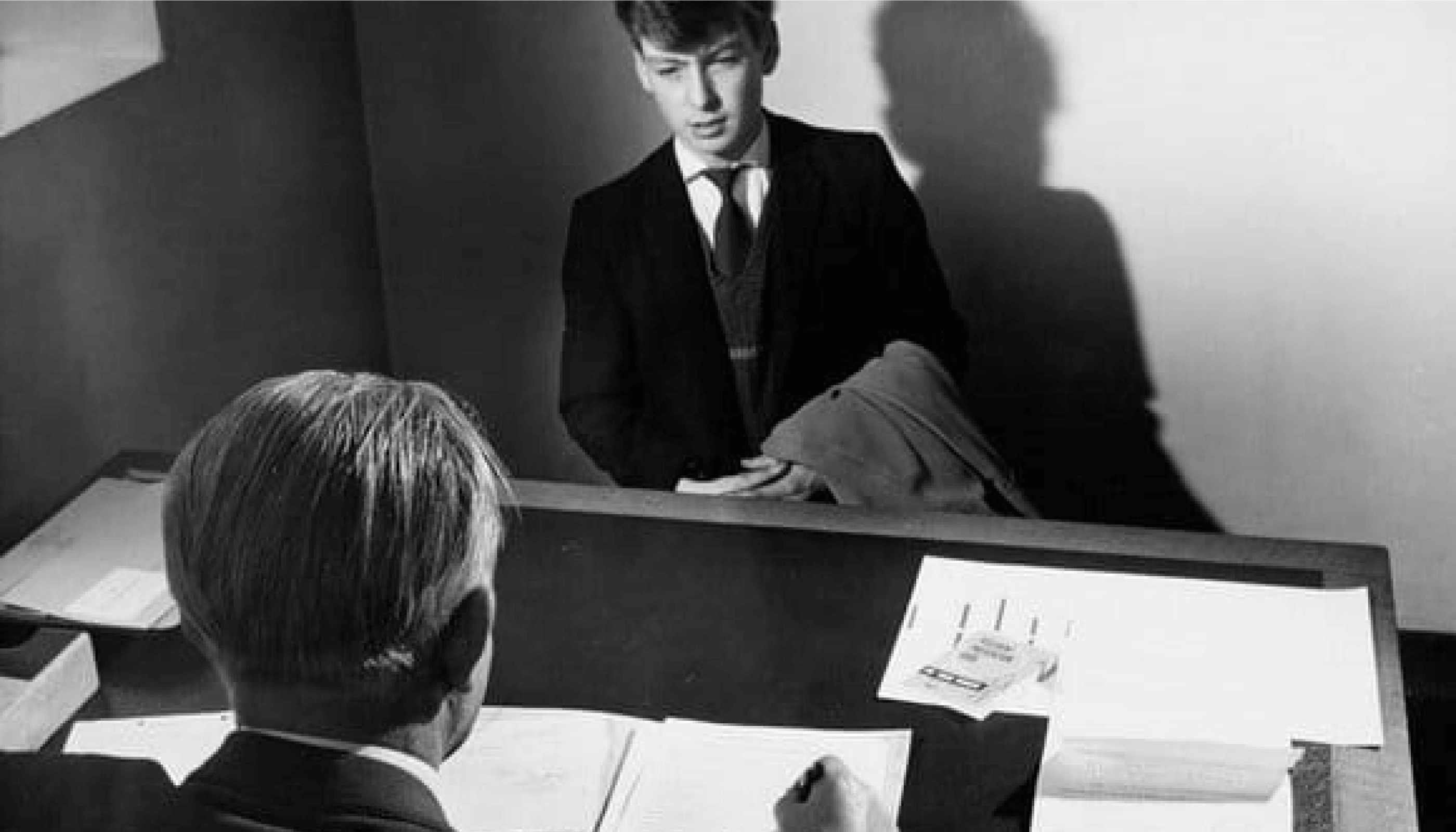
“We can’t make you an offer. You’re just not creative.”
A few weeks later they called me up and said:
“We can’t make you an offer. You don’t think the way we do. You’re just not creative.”
That was it.
I thought it was quite strange, even surprising, that such a high caliber firm whose entire business (and reputation) was all about using oodles of data to unlock insights and develop smart trading algorithms, had actually made its hiring decisions with neither data or insights.
After all, can you really tell how someone whom you’ve just met might contribute to your business from their answers to conventional interview questions?
Could it be hubris at play?
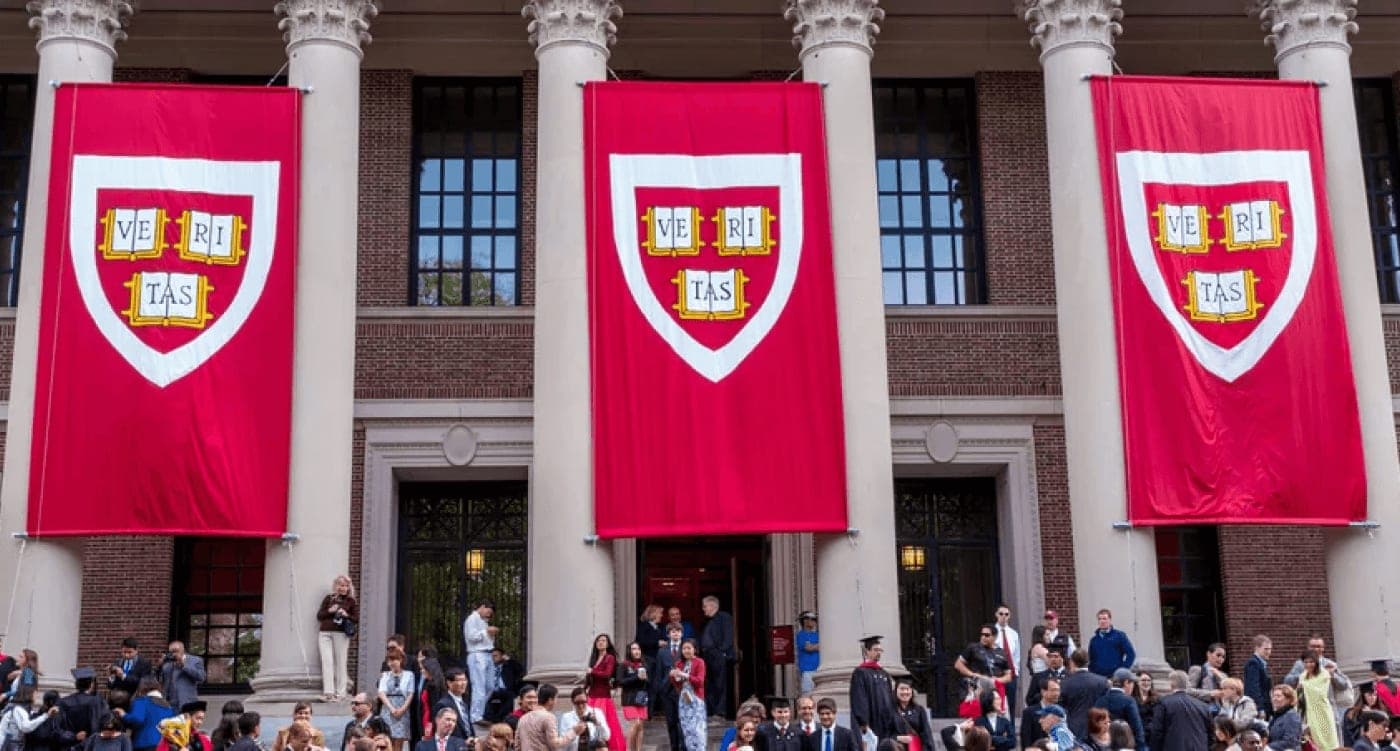
“That company wouldn’t hire anyone outside the Ivy League.”
I was quite frustrated with the ‘experience’, not to mention the outcome. It was also a massive waste of time.
As I analyzed things, I realized that one particular line on my resume was the key to getting that interview. It was my having gone to Harvard.
As it turned out, that firm hired only Ivy League graduates, and a quick Google search confirmed this.
In other words, anyone outside that small and super competitive pool wouldn’t even get the chance to get a “No”, no matter how competent and talented she or he might happen to be.
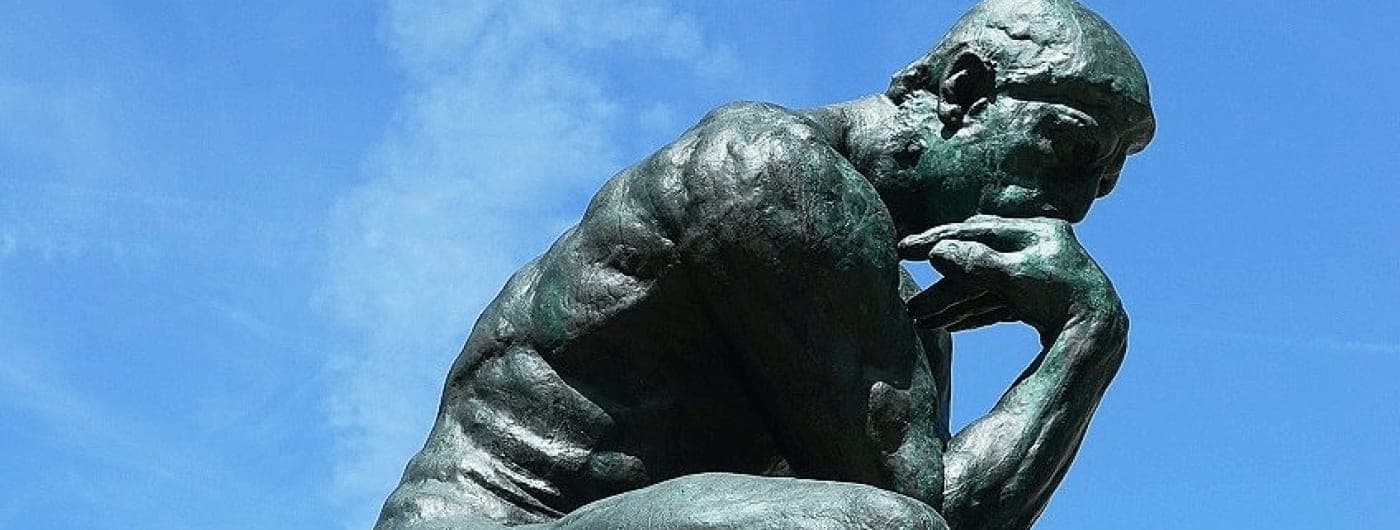
“What would be the smart way to spot anyone with the talent and potential to move business forward?”
I thought that wasn’t a wise business strategy, to say the least.
But it got me thinking! It was the trigger I needed to start wrapping my mind around that problem. And it was Einstein who said that if he had an hour to solve a problem, he’d spend 55 minutes thinking about the problem and 5 minutes thinking about solutions.
I realized hiring was broken and so I started thinking: how do companies make hiring decisions; who do they give a chance to, and how do they choose between people they know very little about; how do such decisions shape their firms and future (and also people’s careers and lives); how can firms find the people they need but don’t know about; and what would be the smart way to spot anyone with the talent and potential to move business forward.

“Always aim to identify and solve foundational problems.”
The wise words of my doctoral advisor at Harvard came straight to mind.
His key teaching was this: when approaching a problem, always aim to identify and solve foundational problems, rather than problems that are just the artifacts and consequences of solutions that happen to exist at the time.
This meant that instead of designing incremental improvements to solve problems with the conventional paradigm, you’d want to question and challenge the paradigm itself. In other words, you’d want to think things from scratch.
And then came my Aha moment!

“What if we turned it into a game?”
What if we turned it into a game?
But not just any game. Rather, a strategic, interactive game the type of which gets studied in game theory classes; the type of games for which John Nash, Michael Spence and several other mathematicians and economists received the Nobel prize.
I imagined games that are the fusion of game theory, rigorous psychometric, cognitive, and behavioral science, and artificial intelligence. We would mine gameplay data to unlock meaningful talent signals.
But can we really create a “signaling game” that lets people — really, anyone anywhere — play and showcase their true but otherwise hidden talent and career potential?
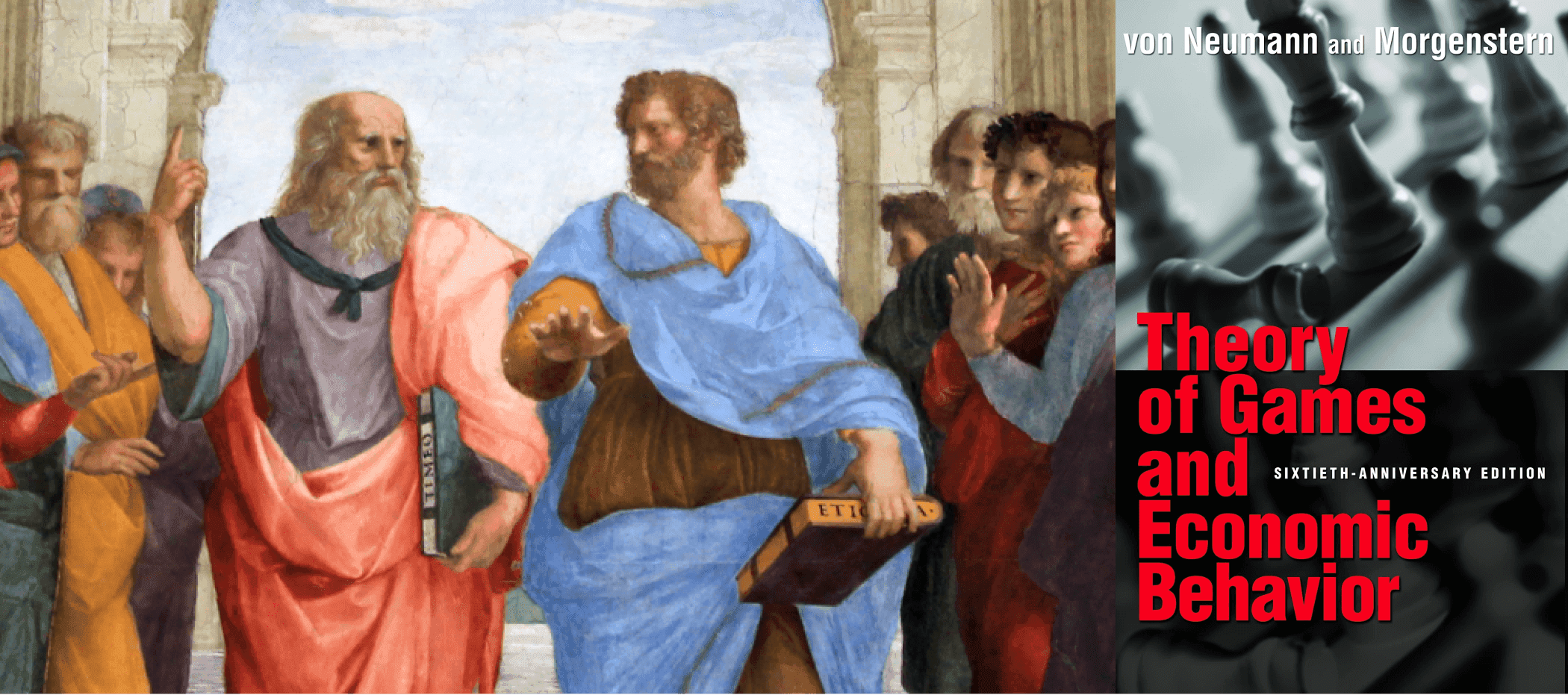
“Plato had the right intuition, but I wanted to build a technology.”
I didn’t know if the idea would work, but I got excited!
As I looked deeper I came across a line from Plato, where he said that “You can discover more about a person in an hour of play than in a year of conversation.”
It made lots of sense. It felt like striking gold. Plato had the right intuition, but I wanted to build a technology.

“These games could level a massively uneven playing field.”
I thought that building these games could be a game changer for people and businesses worldwide!
I realized these games could level a massively uneven playing field. It could help people and businesses unlock and unleash the most precious asset: people’s minds!
Things came together quite quickly, as I worked from my NYC kitchen and started putting together a tiny team of engineers, game designers, and scientists.
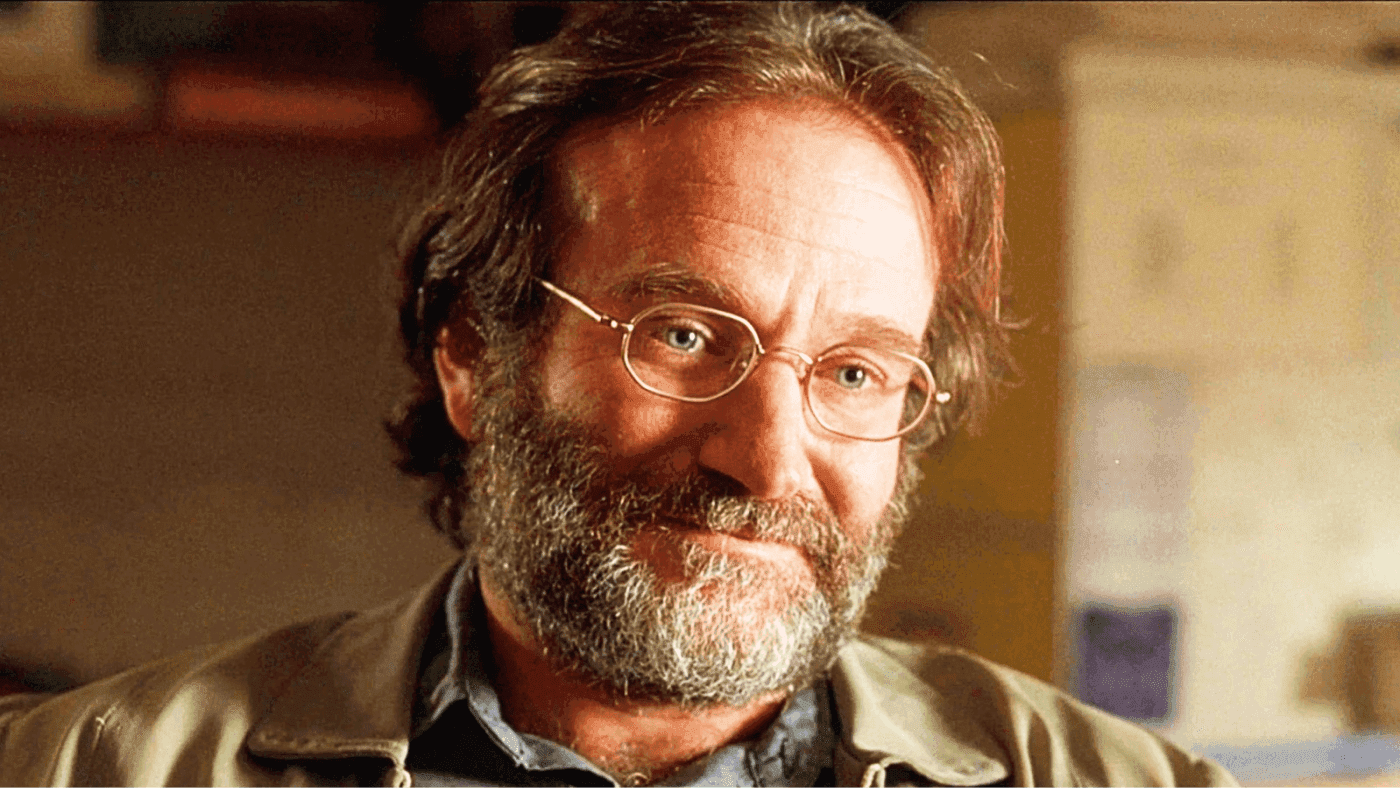
“You’re only given a little spark of madness, you mustn’t lose it.”
- Robin Williams
At the same time, I started pitching the idea to investors. I’ll just say that they were quite creative in how and why they turned it down.
“You won’t be able to build it.” “I’m telling you, it just won’t work.” “It’s really hard to build a game, and you’re telling me you want to build a game that does what???”
“No one will use it.” “No one will pay for it.”
“You’re wasting your time.”
I listened closely, but I didn’t let this get to me. Because, “No matter what people tell you, words and ideas can change the world.”
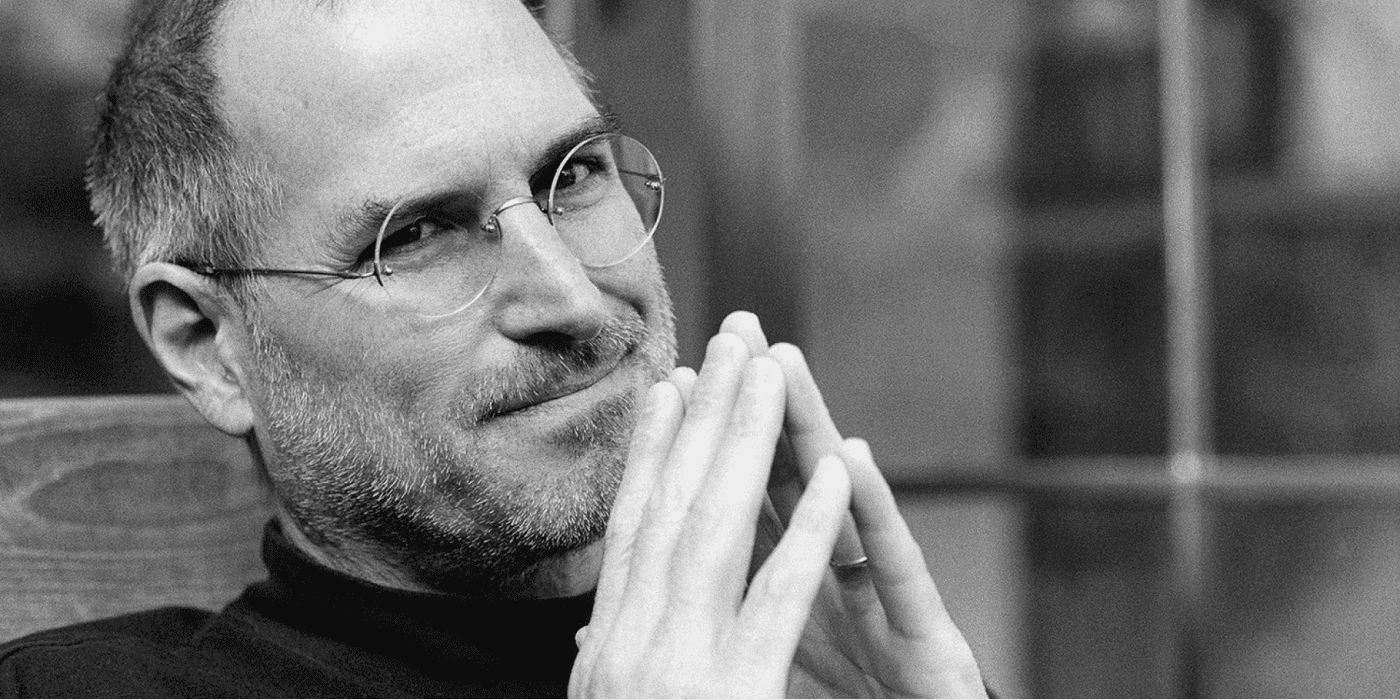
“The ones who are crazy enough to think that they can change the world, are the ones who do.”
- Steve Jobs
As we started building the games and seeing them in action, we also started to realize the technology’s massive potential and promise.
This and many more Aha moments shaped our vision of the future in ways we could not have anticipated when we started.
Creating a massively accessible, practical, and scalable way to unlock the world’s trove of human potential at near zero cost is a really hard problem to crack. But the hardest problems are also the biggest opportunities to change the world and people’s lives.
It’s the road not taken that makes all the difference.
The one line that always stuck with me is this: “We choose to do it not because it’s easy, but because it’s hard; because this challenge is one we are unwilling to postpone, and one we intend to win.” (John Kennedy).